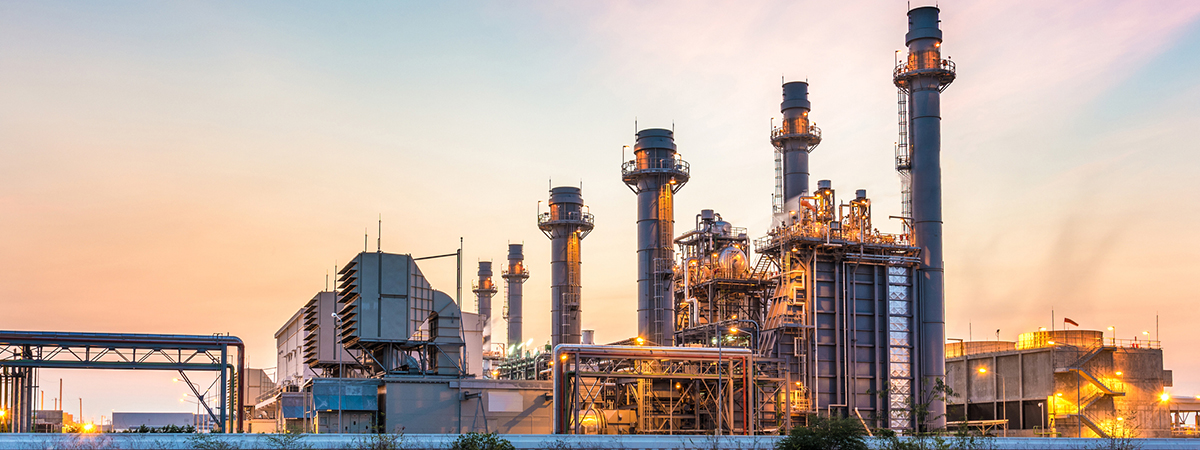Your Questions About Natural Gas, Answered
Natural gas is powering our modern way of life and helping to cut CO2 emissions. Here’s what this energy revolution is all about.
Learn MoreNatural gas is powering our modern way of life and helping to cut CO2 emissions. Here’s what this energy revolution is all about.
Learn MoreHere’s a breakdown on how carbon capture and storage technologies work

September 24, 2020
As the world looks for ways to reduce greenhouse gas emissions, carbon capture has emerged as a key solution. Natural gas and oil companies have been adopting these efforts for years, with more than sixty projects either already running or in the planning phase.
In this process, carbon dioxide emitted from natural gas and oil operations is collected, processed into a supercritical fluid, which has properties of a gas and liquid. From there it is, transported to a safe location where it is stored deep underground, below rocks to prevent escape. These technologies are helping the industry reduce carbon emissions while continuing to meet energy needs across America.
Here’s a breakdown on how carbon capture and storage technologies work:
Step 1: Carbon dioxide emissions from energy facilities are captured before they enter the atmosphere. Emissions are separated out of the captured gas and processed into a compressed gas for safe transport.
Step 2: Carbon dioxide is transported via pipelines to a safe storage site.
Step 3: The carbon dioxide is injected deep underground into a carefully selected geological formation, where it will remain permanently separated from the atmosphere. In other cases, it can be transported to a manufacturing facility to be used in products.
What is the single biggest reason for the reduction of carbon dioxide emissions in the United States?
Correct! The U.S. Energy Information Administration reported that from 2005-2019, 65% of the decline in CO2 emissions in the electric power sector was attributable to switching from coal-fired to natural gas-fired electricity generation. Learn more about the power of natural gas.
Good try! The U.S. Energy Information Administration reported that from 2005-2019, 65% of the decline in CO2 emissions in the electric power sector was attributable to the switching from coal-fired to natural gas-fired electricity generation. Learn more.
More From API
Read on for in-depth articles about how we’re securing America’s energy future, our efforts to combat climate change, and more.
New innovations make it possible to produce more energy with fewer emissions Combatting emissions of methane, a potent greenhouse gas, […]
Learn MoreBetween now and 2050, according to the Energy Information Administration, the American demand for electricity will increase 1% each year. To […]
Learn MoreWe’re taking five key steps to reduce greenhouse gas emissions
Learn MoreWe use cookies to offer you a better browsing experience, analyze site traffic, personalize content, and serve targeted advertisements. If you continue to use this site, you consent to the use of cookies. Read more about our Privacy Policy and Terms and Conditions.
accept